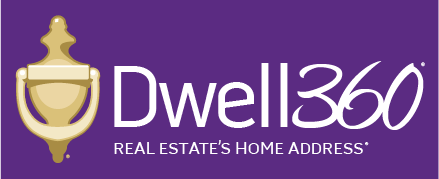Heating Types: Exploring the Pros and Cons
As you walk into your home, you want to make sure it is warm and cozy, ready to keep you and your family comfortable as winter envelopes us.
There are many different ways to heat a home, all of which have different advantages and disadvantages for a home owner. Below we’ll explore some types of home heating and hopefully illuminate more information about each so you’re more informed in the housing market.
Furnaces
More commonly referred to as ‘forced-air’ heating systems, furnaces are one of the most widely used in houses today. They blow heated air through a duct system to heat the space. While they can run on different types of fuel, natural gas, oil, and electricity are the most often used since they are more readily available to homeowners. These units are becoming more energy efficient with the times, with their costs depending on fuel rates, electricity prices, and energy costs.
Pros: Increasingly more energy efficient, can aid cooling during warmer seasons, can be retrofitted to clean the air in the home, widely available.
Cons: Require ducts, natural gas can be dangerous if a leak were to occur.
Boilers and Radiant Heating
Some people interchange the word ‘boiler’ with ‘furnace’, but these are very different systems. Water is heated via natural gas, electricity or propane and forced through a furnace system, mostly moving heat into the home through a radiant heating system like traditional radiators, baseboard radiators, or aluminum panels in the walls, floors, or ceilings. Radiant floor heating is becoming a very popular option, working best with ceramic tile as the floor covering. Without the use of air ducts, this system is hypoallergenic because it does not circulate allergens throughout the home. The cost of a boiler installation can be higher than that of a furnace, but are equal on the energy efficiency scale. They too can be retrofitted to be more energy efficient if an older model.
Pros: Hypoallergenic, energy efficient, radiant heat systems can be controlled room to room, take up less space than duct systems
Cons: More expensive installation, air conditioning must be separate, some technicians do not service boilers
Heat Pumps
This particular type of heating unit uses refrigerant to absorb heat from sources such as the air, ground, or body of water and then transfer it indoors through a heat exchanger. Most commonly, the heat pump will draw thermal energy from ambient air or the ground. Although these systems can be more expensive than other heating alternatives, they are becoming increasingly popular among homeowners.
Pros: Highly energy efficient, can both heat and cool, can provide additional savings on water bills if fitted with a desuperheater (an add-on that transfers excess heat to hot water tank)
Cons: Can be strained in extreme temperatures, can be expensive to install, can become inefficient when used below 32 degrees ambient temperature
Wood Stoves
What used to be used to heat homes for centuries is becoming modernized with the times. Some of today’s stoves can heat a room or even a small home burning biomass such as compacted sawdust or agricultural waste. Specially formulated wood pellets burn with minimal waste or pollution.
Pros: Pellets can be used in boilers or furnaces to update an existing heating system, renewable energy and energy efficient
Cons: Pellets must be delivered and fed into the stove requiring more effort, malfunctioning wood stoves can emit dangerous air pollutants
Electric Heating
Electric resistance heating uses baseboards and other resistance heaters to convert 100% of the electric energy to heat energy. Electric heat pumps can also draw heat from the outside air. This will not, however, provide optimal comfort in extreme climates.
Pros: energy efficient, can be inexpensive in moderate climates
Cons: can be prohibitively expensive in extreme climates
Geothermal Heating
Despite the climate you live in, the temperature below the ground remains relatively consistent as it absorbs the sun’s energy as it hits the Earth’s surface. Geothermal systems are able to tap into these reserves in order to provide a home with heating and cooling.
Pros: much quieter than other heating systems, can be installed in new construction or retrofitted, low maintenance, long life, uses clean and renewable energy, lower operating costs that other systems
Cons: fewer installers, high upfront costs, not a DIY project, installation is disruptive to the landscape
If you are building a new home or extensively renovating an older home, doing some research into each type will provide more information specific to your needs and what system will be right for your home. Consider questions such as how much heat you’re looking to produce in a system, how extreme is winter in your area, and how important energy efficiency is to you.
Dwell360 is a residential real estate firm based in Newton, Massachusetts, servicing the cities and suburbs of metro Boston. We are focused on our customers and our experience in the residential real estate market is extensive. Search for homes in Massachusetts and then give us a call.
Sources:
Graham, Steve. (January 10, 2010). Pros and Cons of Common Heating Systems. Retrieved from http://goo.gl/B71lM0.
Church, Lucas and Singleton, Stephanie. Different Types of Heating Systems for Your Home (Part 1 of 2). Retrieved fro http://goo.gl/KIgxah.
The Family Handyman. 5 Things to Know About a Geothermal Heat Pump. Retrieved from http://goo.gl/cJjZZY.
Water Furnace. Geothermal Heating and Cooling. Retrieved from http://goo.gl/vEPaf.
Images licensed under Creative Commons Zero on Pexels.com.


